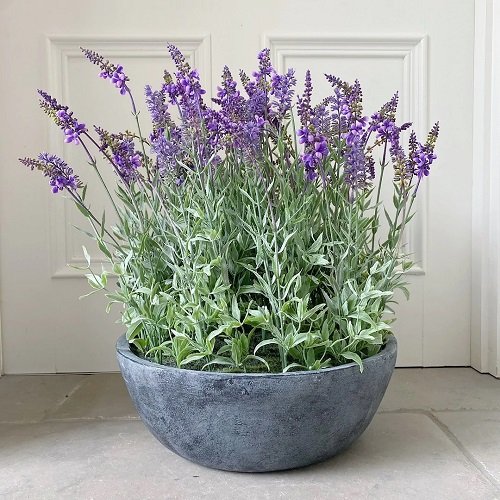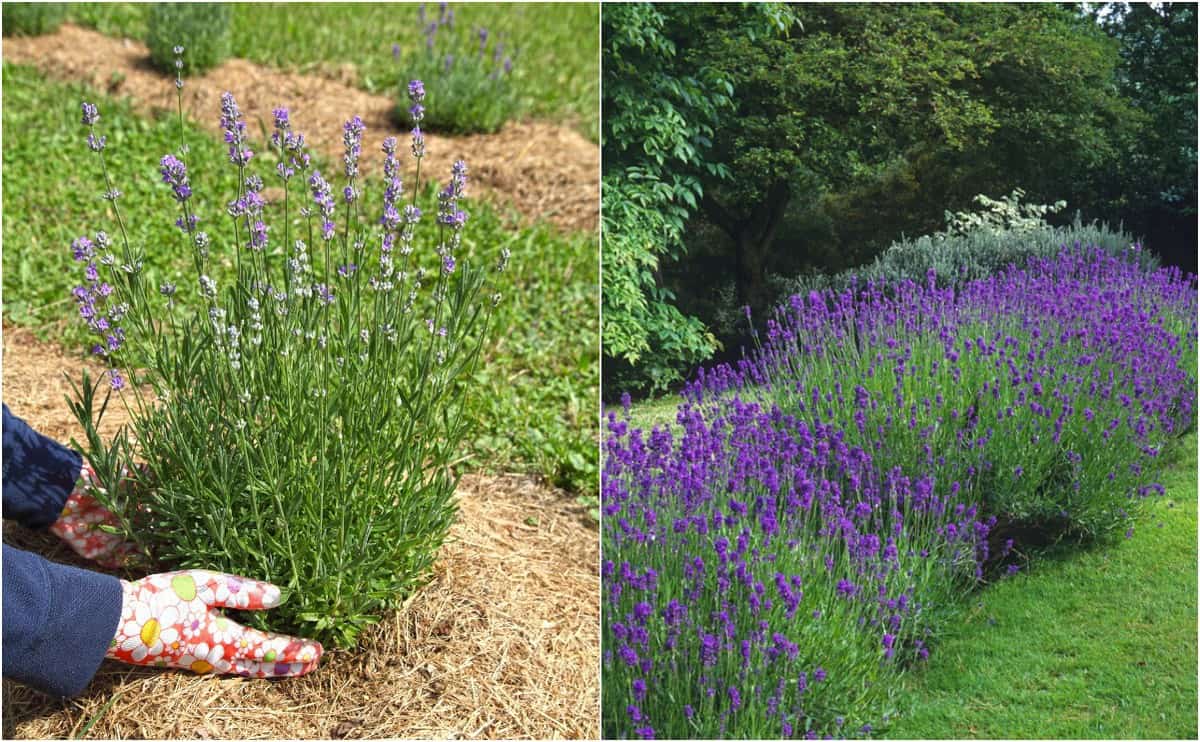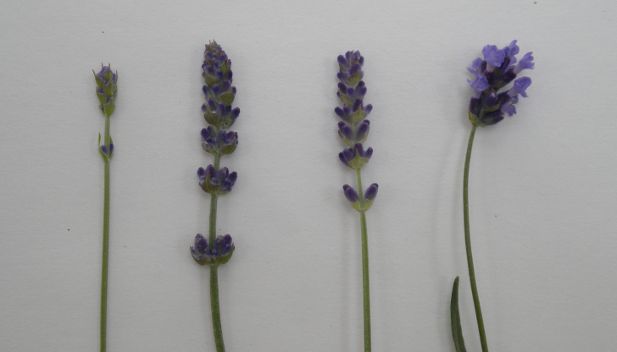Understanding the Average Lifespan of Lavender Plants
Lavender plants are known for their beauty, fragrance, and low-maintenance requirements, making them a popular choice for gardeners and indoor plant enthusiasts. But have you ever wondered how long do lavender plants last? The average lifespan of a lavender plant varies depending on factors such as climate, soil quality, and maintenance. In general, a well-cared-for lavender plant can live for around 5 to 7 years. However, with proper care and attention, some lavender plants have been known to thrive for up to 10 years or more.
Climate plays a significant role in determining the lifespan of a lavender plant. Lavender plants prefer well-drained soil and full sun, but they can be sensitive to extreme temperatures and humidity. In areas with harsh winters or hot summers, lavender plants may not live as long as those in milder climates. Soil quality is also crucial, as lavender plants prefer slightly acidic to neutral soil with good drainage.
Regular maintenance is essential to extend the life of your lavender plant. This includes pruning, deadheading, and fertilizing. Pruning helps to promote healthy growth, prevent woody stems, and encourage new blooms. Deadheading, or removing spent flowers, encourages the plant to produce more blooms and prevents seed production. Fertilizing provides essential nutrients for healthy growth and development.
By understanding the average lifespan of lavender plants and the factors that affect their longevity, you can take steps to promote a long and healthy life for your plants. Whether you’re a seasoned gardener or just starting out, with proper care and attention, your lavender plants can thrive for years to come.
Factors Affecting the Longevity of Lavender Plants
Several factors can impact the lifespan of lavender plants, and understanding these factors is crucial to promoting a long and healthy life for your plants. Temperature, humidity, pruning, and pest management are all critical factors that can affect the longevity of lavender plants.
Temperature is one of the most significant factors affecting the lifespan of lavender plants. Lavender plants prefer temperatures between 65°F and 75°F (18°C and 24°C), and extreme temperatures can shorten their lifespan. In areas with harsh winters, lavender plants may need to be protected from frost and freezing temperatures. On the other hand, high temperatures can cause lavender plants to become stressed, leading to a shorter lifespan.
Humidity is another factor that can impact the longevity of lavender plants. Lavender plants prefer well-drained soil and can be susceptible to root rot in humid environments. To prevent root rot, it’s essential to ensure good air circulation around the plants and to avoid overwatering.
Pruning is also crucial to promoting a long and healthy life for lavender plants. Pruning helps to promote healthy growth, prevent woody stems, and encourage new blooms. Regular pruning can also help to prevent pests and diseases from taking hold. When pruning lavender plants, it’s essential to use clean and sharp tools to prevent spreading diseases.
Pest management is also vital to promoting the longevity of lavender plants. Lavender plants can be susceptible to pests such as spider mites, mealybugs, and aphids. Regularly inspecting the plants for signs of pests and taking action quickly can help to prevent infestations and promote a long and healthy life for the plants.
By understanding the factors that affect the longevity of lavender plants, you can take steps to optimize these factors and promote a long and healthy life for your plants. Whether you’re growing lavender plants in a garden or indoors, providing the right conditions and care can help to ensure that your plants thrive for years to come.
How to Extend the Life of Your Lavender Plants
Extending the life of your lavender plants requires regular maintenance and care. By following a few simple techniques, you can promote healthy growth and prevent disease, ultimately leading to a longer lifespan for your plants. Pruning, deadheading, and dividing are three essential techniques to extend the life of your lavender plants.
Pruning is a crucial step in maintaining the health and longevity of your lavender plants. Prune your plants regularly to promote new growth, prevent woody stems, and encourage blooming. Use clean and sharp tools to prevent spreading diseases, and prune your plants in the spring or fall when they are dormant.
Deadheading is another technique to extend the life of your lavender plants. Deadheading involves removing spent flowers to encourage new blooms and prevent seed production. Regular deadheading can help to promote a longer blooming period and prevent your plants from becoming leggy.
Dividing is a technique used to rejuvenate and extend the life of your lavender plants. Lavender plants typically need to be divided every 3-4 years to maintain their health and promote new growth. Divide your plants in the spring or fall when they are dormant, and make sure to provide enough space for the new plants to grow.
Providing adequate care and attention is also essential to extend the life of your lavender plants. Make sure to provide your plants with enough sunlight, water, and nutrients to promote healthy growth. Avoid overwatering, which can lead to root rot and other diseases.
By following these techniques and providing regular care and attention, you can extend the life of your lavender plants and enjoy their beauty and fragrance for years to come. Remember, the key to a long and healthy life for your lavender plants is regular maintenance and care.
Common Problems that Can Affect Lavender Plant Longevity
Despite their hardiness, lavender plants can be susceptible to various problems that can affect their longevity. Some common issues that can impact the lifespan of lavender plants include root rot, leaf spot, and spider mites. By understanding these problems and taking steps to prevent them, you can help to ensure that your lavender plants live a long and healthy life.
Root rot is a common problem that can affect lavender plants, particularly in areas with poor drainage. This condition occurs when the roots of the plant become waterlogged, leading to a breakdown of the root system. To prevent root rot, make sure to provide your lavender plants with well-draining soil and avoid overwatering.
Leaf spot is another issue that can affect the longevity of lavender plants. This condition is caused by a fungal infection that can lead to the formation of small, dark spots on the leaves of the plant. To prevent leaf spot, make sure to provide your lavender plants with good air circulation and avoid overhead watering.
Spider mites are a common pest that can affect lavender plants, particularly in areas with dry conditions. These tiny insects can cause damage to the leaves and stems of the plant, leading to a reduction in its lifespan. To prevent spider mites, make sure to provide your lavender plants with regular watering and fertilization.
By being aware of these common problems and taking steps to prevent them, you can help to ensure that your lavender plants live a long and healthy life. Regular maintenance and care can go a long way in preventing these issues and promoting a long lifespan for your lavender plants.
In addition to these common problems, there are several other issues that can affect the longevity of lavender plants. These include pests such as mealybugs and aphids, as well as diseases such as powdery mildew and root rot. By understanding these potential problems and taking steps to prevent them, you can help to ensure that your lavender plants thrive for years to come.
The Role of Soil Quality in Lavender Plant Longevity
Soil quality plays a crucial role in promoting the longevity of lavender plants. Lavender plants prefer well-draining soil that is rich in nutrients and has a slightly acidic to neutral pH. The ideal soil conditions for lavender plants include a pH range of 6.0 to 7.0, with a nutrient content that is moderate to high.
One of the most important factors in soil quality for lavender plants is drainage. Lavender plants are susceptible to root rot and other diseases if the soil is too wet or waterlogged. To ensure good drainage, it’s essential to add organic matter such as compost or well-rotted manure to the soil. This will help to improve the soil’s structure and prevent waterlogging.
In addition to drainage, the nutrient content of the soil is also critical for lavender plant longevity. Lavender plants require a moderate to high level of nutrients to promote healthy growth and flowering. A balanced fertilizer that is high in phosphorus and potassium can help to promote root growth and flowering.
Another important factor in soil quality for lavender plants is the presence of beneficial microorganisms. These microorganisms help to break down organic matter and make nutrients available to the plant. To promote the growth of beneficial microorganisms, it’s essential to add organic matter such as compost or well-rotted manure to the soil.
By providing your lavender plants with high-quality soil that is rich in nutrients and has good drainage, you can help to promote a long and healthy life for your plants. Remember, the key to a long and healthy life for your lavender plants is to provide them with the right conditions and care.
In terms of how long do lavender plants last, the quality of the soil can play a significant role. With proper care and attention, lavender plants can live for 5 to 7 years or more in well-draining soil that is rich in nutrients. However, in poor soil conditions, the lifespan of lavender plants can be significantly shorter.
How to Choose the Right Lavender Variety for Longevity
With so many different types of lavender plants available, choosing the right variety for longevity can be a daunting task. However, by understanding the different characteristics of each variety, you can make an informed decision that will help to ensure a long and healthy life for your plants.
English lavender (Lavandula angustifolia) is a popular variety that is known for its compact growth habit and fragrant flowers. This variety is relatively hardy and can tolerate a range of growing conditions, making it a great choice for gardeners in cooler climates.
French lavender (Lavandula stoechas) is another popular variety that is known for its vibrant purple flowers and silvery-gray foliage. This variety is slightly more tender than English lavender and prefers well-draining soil and full sun.
Spanish lavender (Lavandula stoechas subsp. pedunculata) is a variety that is known for its tall, upright growth habit and vibrant purple flowers. This variety is relatively hardy and can tolerate a range of growing conditions, making it a great choice for gardeners in warmer climates.
When choosing a lavender variety for longevity, it’s essential to consider the specific growing conditions in your area. If you live in a cooler climate, English lavender may be a better choice. If you live in a warmer climate, Spanish lavender may be a better choice.
In addition to considering the specific growing conditions, it’s also essential to consider the level of maintenance you are willing to provide. Some lavender varieties require more maintenance than others, so it’s essential to choose a variety that fits your lifestyle.
By choosing the right lavender variety for longevity, you can help to ensure a long and healthy life for your plants. Remember, the key to a long and healthy life for your lavender plants is to provide them with the right conditions and care.
In terms of how long do lavender plants last, the variety can play a significant role. With proper care and attention, some lavender varieties can live for 5 to 7 years or more, while others may have a shorter lifespan.
Comparing the Longevity of English and French Lavender
English and French lavender are two of the most popular varieties of lavender plants, and they have some key differences when it comes to longevity. English lavender (Lavandula angustifolia) is known for its compact growth habit and fragrant flowers, and it is generally considered to be a hardier variety than French lavender.
French lavender (Lavandula stoechas) is known for its vibrant purple flowers and silvery-gray foliage, and it is generally considered to be a more delicate variety than English lavender. French lavender is more susceptible to root rot and other diseases, and it requires more maintenance than English lavender.
In terms of longevity, English lavender is generally considered to be a longer-lived variety than French lavender. English lavender can live for 5 to 7 years or more with proper care and attention, while French lavender typically lives for 3 to 5 years.
However, French lavender has some advantages when it comes to longevity. French lavender is more resistant to heat and drought than English lavender, and it can thrive in warmer climates. French lavender also produces more flowers than English lavender, which can make it a more attractive choice for gardeners who want to attract pollinators.
Ultimately, the choice between English and French lavender will depend on your specific needs and growing conditions. If you live in a cooler climate and want a hardier variety, English lavender may be the better choice. If you live in a warmer climate and want a variety that is more resistant to heat and drought, French lavender may be the better choice.
In terms of how long do lavender plants last, the variety can play a significant role. With proper care and attention, English lavender can live for 5 to 7 years or more, while French lavender typically lives for 3 to 5 years.
Conclusion: Maximizing the Life of Your Lavender Plants
In conclusion, the longevity of lavender plants depends on a variety of factors, including climate, soil quality, maintenance, and pest management. By understanding these factors and taking steps to optimize them, you can help to promote a long and healthy life for your lavender plants.
Remember, the key to maximizing the life of your lavender plants is to provide them with the right conditions and care. This includes providing well-draining soil, full sun, and regular watering and fertilization. It also includes pruning and deadheading regularly to promote healthy growth and prevent disease.
By following the tips and advice outlined in this article, you can help to ensure that your lavender plants live a long and healthy life. Whether you’re a seasoned gardener or just starting out, with the right care and attention, your lavender plants can thrive for years to come.
So, how long do lavender plants last? With proper care and attention, lavender plants can live for 5 to 7 years or more. However, the lifespan of your lavender plants will depend on a variety of factors, including the specific variety, climate, and growing conditions.
We hope this article has provided you with valuable insights and advice on how to care for your lavender plants. Whether you’re looking to add a touch of elegance to your garden or simply enjoy the beauty and fragrance of these lovely plants, we encourage you to share your own experiences and advice on caring for lavender plants.






